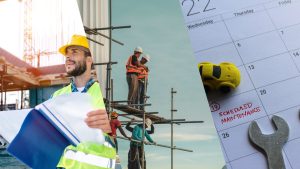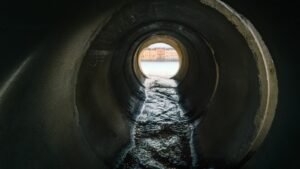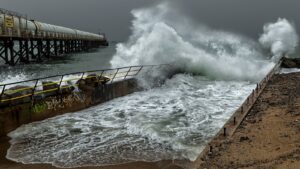IoT is the umbrella term for a network of ‘things’. This could range from sensors to software and other technological devices, all of which are popularly used today as part of automation and asset maintenance. It helps machines to seamlessly connect and communicate with one another, collect data in real-time and handle enormous amounts of information. While the true benefit of IoT is leveraged with the incorporation of Artificial Intelligence and Machine Learning, IoT is a mandatory technology implemented everywhere today. The advantages of IoT are well-known in asset-intensive industries such as manufacturing and construction. But did you know IoT is a cost-effective tool the public sector uses for multiple things? This blog will describe how the public sector harnesses the power of IoT to its own advantage or, in other words, the benefit of the public.
Five Ways Governments Are Utilising IoT
This year, experts predict there will be approximately 14.4 billion connected devices at the end of 2023. The number of connected devices is set to rise in the next few years, with 2025 expected to reach 27 billion. It should be noted, however, that these numbers are lesser than the previous estimations made a few years ago. COVID-19 and the shortage of chips have significantly affected the IoT sector. However, this has not stopped the public sector from holding back in IoT integration. Here are eight ways the government uses IoT for the public’s benefit.
In The Roading Industry
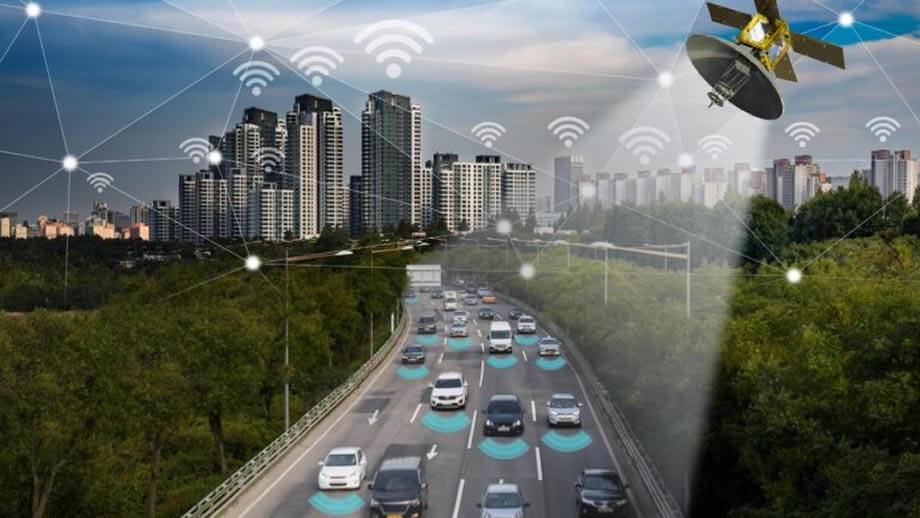
The roading sector is an industry directly under the government’s responsibility. Building road infrastructure and reducing traffic congestion are integral aspects of ensuring public safety. For instance, where there is damage in the roading infrastructure, be it in terms of the emergence of potholes or sinkholes, not only is there a risk of accidents, but it requires the government to invest an enormous expenditure in repair or replace them when due attention is not given in the right stage. IoT sensors eliminate the need for teams to manually monitor the health condition of highways, bridges, freeways, cycleways, footpaths, culverts, sidewalks and other roading assets. It automatically updates the asset manager in real time if the temperature or weather may affect the surface road conditions and contributes to providing hidden insights through IoT analytics. Some implement Industrial IoT (IIoT) robots to scan road pavement and save laser data and footage in shared cloud platforms. Smart meter networks and CCTV are other IoT-powered devices that help monitor roading assets.
In The Water Industry
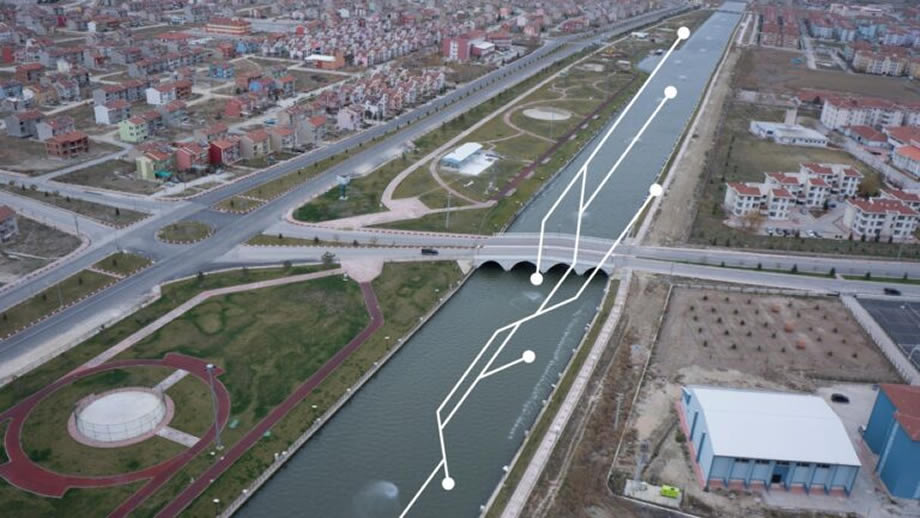
Water networks are extremely complex. They tend to be very sensitive to even the smallest of changes. One leak in a pipe, for instance, could significantly affect water quality or waste a large quantity of water. The water industry has a complicated system that collects, treats, distributes and reticulates water according to city populations. IoT sensors, in this respect, become helpful in eliminating such problems. IoT incorporates different types of sensors to detect issues as early as possible. Either through laser or auditory sensors, IoT can quickly determine whether something is happening within the water network. By being able to monitor the complex water system, managers will no longer spend enormous time trying to find which pipe or water asset is in bad condition. IoT directly allows managers to track where the anomaly was initiated. It provides event-driven analytical capabilities and gains access to futuristic insights into impending asset failures. Carrying out accurate water quality assessments, receiving more transparency in investment profiling, and streamlining the prescriptive maintenance process are some of the key benefits offered.
In The Wastewater Industry
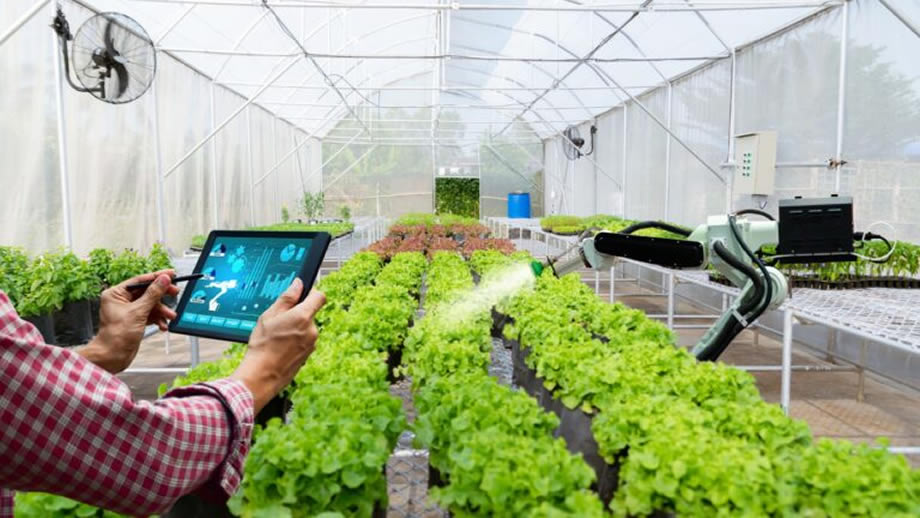
The wastewater industry has an increased number of quality control mechanisms. As wastewater refers to water collected through sewage or run-off water cleaned for reuse, the public sector bears the burden of ensuring it is safe for the intended purpose. While wastewater is rarely used for drinking purposes, it does not mean wastewater in its authentic form can be distributed for recreational or domestic use without responsibility. The public sector needs to ensure that safety is given the highest priority at all times. IoT helps ensures all quality standards are maintained throughout each stage, from collection, pumping, treatment and reuse. It helps wastewater managers to calculate residual chemicals after the treatment. IoT sensors, therefore, detect harmful toxins in wastewater and recommend the most suitable treatment process by detecting the concentration of chemicals in the water.
Crime Detection and Prevention
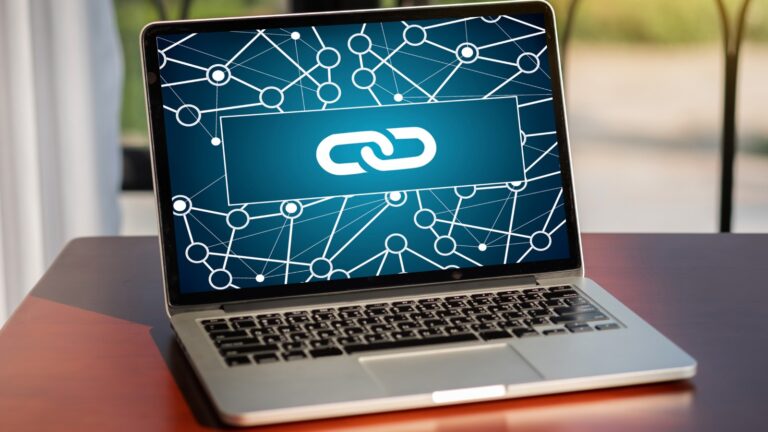
In certain countries, especially where there is a high rate of gun-inflicted incidents, IoT is utilised by the police department to detect crime and prevention. IoT audio sensors determine when and where the shots were fired and send such information to the nearest police station directly. America, a country known for the danger of its gun laws, has utilised IoT for public safety to reduce violent crime in the cities. It is also implemented in African countries to monitor and detect incidents of poaching that is illegal. Case studies from Estonia indicate that the incorporation of IoT led to certain cities innovating a more effective system to detect crime and prevention. As such, the implementation of IoT sensors demonstrates that a lost-cost alternative such as IoT has a drastic impact on creating positive change in society and is an ideal tool for the public sector that struggles with limited resources.
To Monitor Carbon Emissions
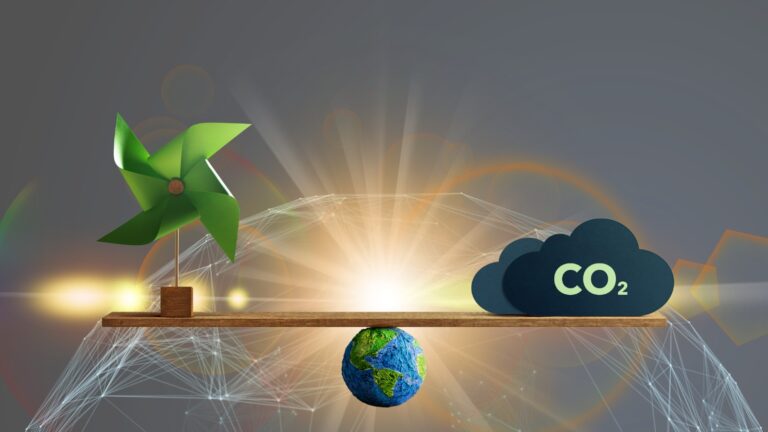
Countries around the world have pledged to stand by the underlying doctrines of the Paris Agreement on climate change and have been forced to reduce their carbon emissions by 2030 drastically. As the 21st century is now regarded as ‘code red for humanity’, countries are forced to implement governmental policies to ensure that the carbon emissions in their own borders are curtailed. However, to even ascertain whether countries are reaching such a target, a system should be in place to find how much of emissions are present in the first place. IoT, in this regard, helps the public sector to assess how much emissions are within a country. This information allows public officials to monitor whether the country has improved its climate efforts. Systems that integrate IoT and data analytics result in autogenerated reports that specifically note such information, thereby help in the public sector be transparent in its efforts.

